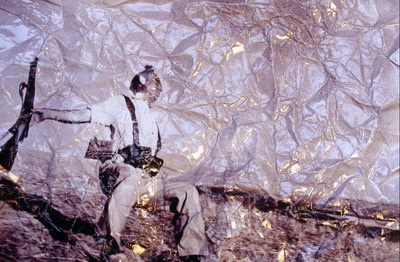
许昌昌 WWW.BTABT.COM

我们可以改变信仰 We can change the beliefs 150x77cm 2009
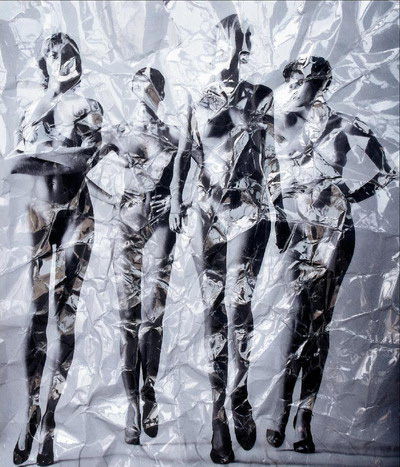
超级底色The supper ground 150X123cm xuchangchang 2008
永恒下跌perpetual falling 150x98cm changchangxu 2008
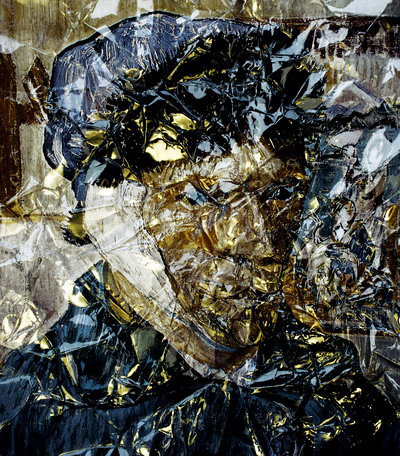
别动我的向日葵 Don’t Touch my Sunflower 150 x126 cm 许昌昌2007
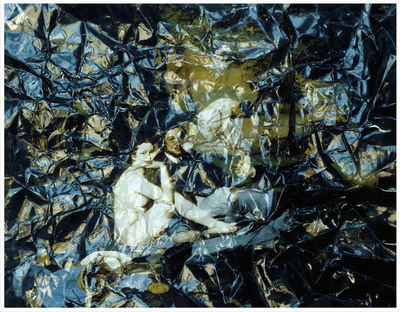
草地上的午餐 Lunch on the lawn 150 x115 cm 许昌昌2007
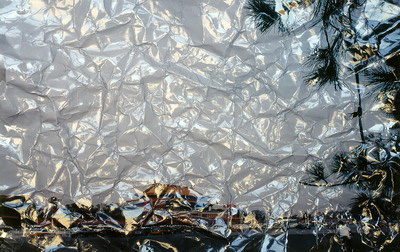
长安街 Chang’an Avenue 180x1133 许昌昌2007
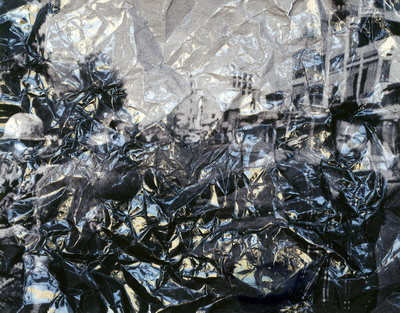
假如历史可以忘记 If history could be forgotten 150x121 许昌昌 2007
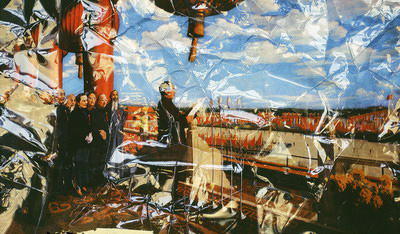
开国大典Xu_Changchang,_Funding ceremong ,_ NO
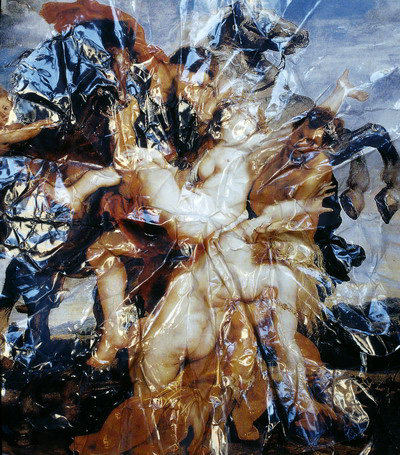
掠夺 Plunder 131x150 许昌昌2007
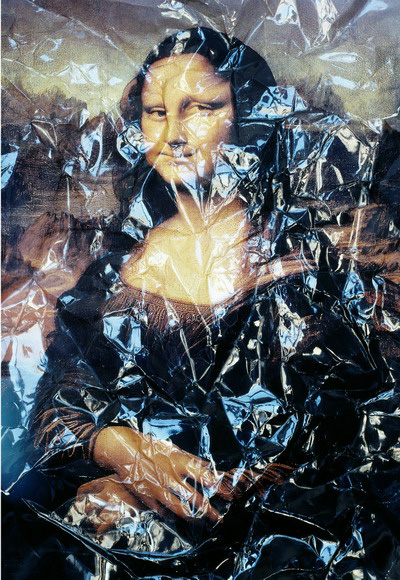
蒙娜 丽莎 Xu_Changchang,_Mona lisa,_ NO.7, 140 x96.54cm x10 ,phtography,_ 2007

胜利之日 The day victory 100x145cmx 10 许昌昌2007
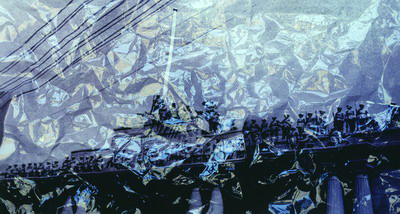
我的总统府 My office of the president 200X107 许昌昌2007
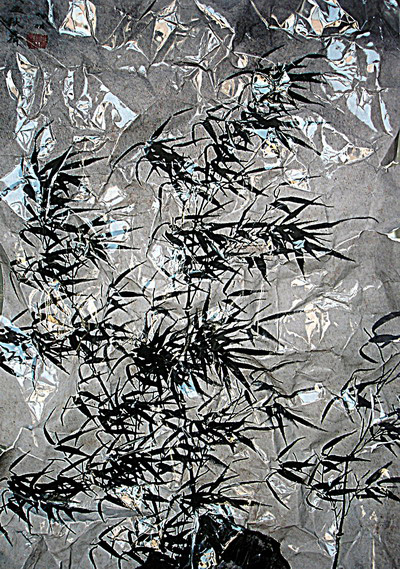
再见江南Goodbaye jiangnan 98.42 x140cm x10 ,phtography,_ 2007
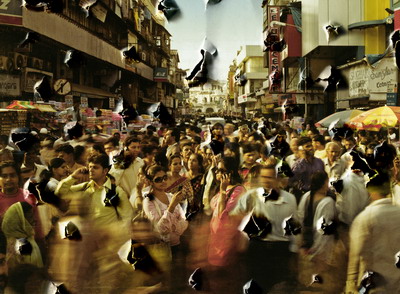
NO_13_Xu_Changchang,_NO.4,150x111.69cm x10,phtography,__2008
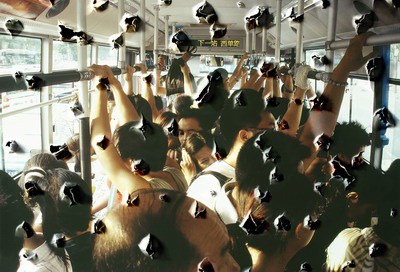
NO_11_Xu_Changchang,_NO.4,150x102cm x10,phtography,__2008

NO_16_Xu_Changchang,_NO.4,150x112.1cm x10,phtography,__2008
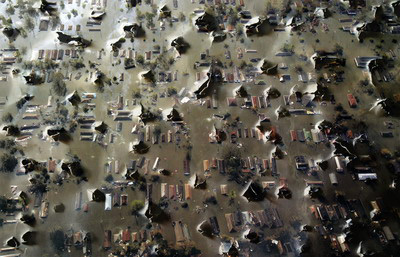
NO_18_Xu_ Changchang,_NO.4,150x112.1cm x10,phtography,__2008
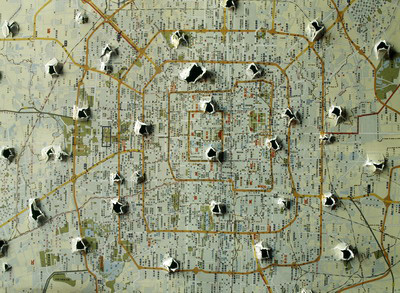
NO_20_Xu_Changchang,_NO.4,150x112.cm x10,phtography,__2008
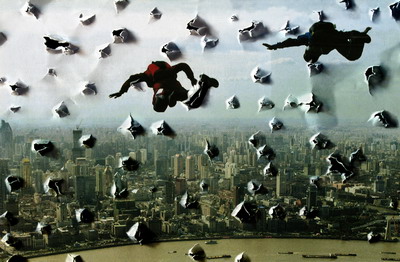
NO_44_Xu_Changchang,_NO.4,150x98cm x10,phtography,__2008
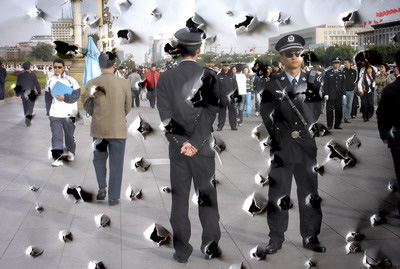
NO_73_Xu_Changchang,_NO.4,150x101cm x10,phtography,__2008

NO_87_Xu_Changchang,_NO.4,150x100cm x10,phtography,__2008
前言
Preface
未经过转换的日常生活仍然还是日常生活而不是艺术 ! 这点很重要。然而我们必须清楚地认识到,不是所有转换都明显于表面的可识别性。超越日常认知的转换往往看似平静与司空见惯,却潜藏着波澜壮阔的否定之否定。由此,当代艺术的转换问题不能仅从简单的视觉形态的可识别性来分辨转换的意义,那些似乎没有经过转换的形态却体现出深藏于当代人内心的变化!这才是当代艺术关注的焦点。
Daily life, which is not transformed, is still everyday life. It is not the art. This is very important. However, we must clearly recognize that not all of the transformations are meaningful and distinguishable. Exceeding the day-to-day cognitive transformation often appears calm and commonplace. But it hides the magnificent negation of negation. Thus, the transformation of contemporary art is not from a simple visual identification of patterns which can be converted to distinguish, but the forms which seem not be tansformed, deeply reflecting the changes in heart of contemporary people! This is the focus of contemporary art.
许昌昌用自己特有的方式去探索和试验这种由时空带来的外部世界和内心世界的变化。他的近来作品混淆了现实与非现实之间的界限,改变了物质存在的物理规律,疏离了图像与现实的存在。由于他对“图像材料”的主观选择和改变,使他的作品具有理性对话的可能性,让人们感觉到视觉世界与现实世界的歧义性、多义性和不确定性。
Xu Changchang uses his own unique way to explore and experiment the changes of the outside world and the inner world, which were made by the space and time. His recent works confuse the line of reality and unreality, change the physical presence of substances, and alienate existences between the image and the reality. His works have the possibility of rational dialogue with his subjective choice and changing "the image materials".Also, his works are full of ambiguity, polysemy and uncertainty between the visual world and the real world.
黄 笃
Huangdu
超越视觉悖论
文/王春辰
许昌昌对于影像的利用,恰恰证明了当代艺术的一个重要特征,即图像是一种视觉识别与视觉知识的系统。对当代艺术的研究在某种程度上,就是对图像体系的研究,它旨在超越传统的研究方法和评价体系。许昌昌在这一组作品中,将不同语境中的图像资源进行了重构,而重构的方法则延续了他近几年来一直探索的方法,即对图像媒介进行各种特殊方式的语言试验,对原先的图像视觉结构进行彻底的颠覆和破坏,从而形成新的图像产物。在当代的知识语境中,这种图像的颠覆与重构昭示了阅读图像的新方法,也反映着当代人对自身文化系统的反思。
从世界范围内看,图像越来越具有一种建构世界的趋势和能力,也正是在这一点上,哲学家、视觉文化学者、社会学家等等、乃至商业社会、政治体系都在借用图像进行各自的目的诉求。图像不言而喻地成为并列于语言的另一翼的人类知性。在人类文明的知识体系中,语言是我们主要的知识来源和交流工具,而图像则处于漂移、犹豫的尴尬处境,不断因为社会意识形态需要而成为被攻击、被消灭的对象,如偶像破坏运动就是对世俗宗教图像的一次否定性压制和根除,目的是不希望图像成为影响神性信仰的世俗物品,拒绝图像是神性至上的象征。
人类从远古开始就探索由语言构成的话语哲学,而对于图像能否成为人类的认知能力则处于模糊不清、矛盾之中。对于图像,我们始终处在一种消极、不明确的立场上,这主要源于图像的不稳定与释读能力的差异,也源自于对图像的不信任传统。在这种情况下,图像不是被高估,就是被贬低或遭到否定。但是图像并没有从人类社会中消失,反而随着新的技术进步,出现了“图像时代”、“读图时代”与“图像转向”这样的理论概括,至于是否如此,众说纷纭,尚不足以有定论。现代哲学思想以及艺术历史自身对图像的探索和实践,说明图像作为人类认知系统中的一翼,越来越受到社会的重视、甚至有超越文字语言、并或多或少地消解文字功能的趋势。事实上,今天的艺术所关注的、或能够构成当代艺术重要维度的,是那些在两种语言层面具有可释读的艺术,也就是在两种知识的认知体系中都具有潜力的艺术是当代有价值的艺术。
许昌昌近期作品即是他在这两个维度上的一种探索。一是他有意识地选择各类象征性图片对之进行颠覆,意在确证图像与现实的梳离关系,图像并非现实的图像,而现实也非图像中的现实。因为许昌昌对图像的主观选择性和影像创造观念的介入,使得他的作品具有理性对话的距离和可能性。当观众面对这些图像时,很自然地唤起对原有图像的记忆,正是这种基本记忆或原图像意图的捕捉对许昌昌的作品产生了反作用和对抗,促使作品图像进入到观众的图像识别习惯中,将思考与图像认知结合,形成新的图像阐释,既是突出原图像的可疑性,又增加了对原图像的重新解释的可能性,但艺术家的观念介入并不是封闭的,而是敞开了当代图像阅读的机制:即图像与观众的互动性,这样的作品是艺术观念在场而艺术家缺席,艺术家不强调个人生活经验进入作品,而是寻求图像构成的方法论和思维方法论的结合,创造图像与语言切合的实体。艺术家以直接的感性认知来面对充满观念可能性的图像世界,以至于存在的“图像”和不存在的“图像”(内心世界的图像)都有被阐释的机会,显现了当代世界构成的不确定本质。因此,在今天研究图像,已经具有了超越传统视野的机会。
许昌昌的特殊语言方式的探索和运用,使图像的结构发生重大变化并给予众多异样的感觉,并且由静态的单一图像结构转向多种可能性释读。其动态结构以及诸多偶然性触动了读者潜在的记忆和思考,使得当代图像的观念性成为区分传统图像与当代图像的分水岭,也是当代艺术区别于现代主义艺术的知性识别标志。
(作者系中央美学院、美术批评家)
Transcendence over the Paradox of Visuality
Xu Changchang’s Latest Works
By Wang Chunchen
The very appropriation of images by Xu Changchang proves an important feature of contemporary art: image is a system of visual identification and visual knowledge. To some extent, the study of contemporary art is to study image system to surpass the conventional research methods and appraisal system. Xu Changchang in his latest series of art works reconstructs the images from different contexts. This reconstruction continues his former methods as to experiment image language by various particular ways, which deconstruct or subvert the original image visual structures for forming new images. In the context of contemporary knowledge, such subversion and reconstruction of images reveal a new method of reading images and also reflect the reconsideration of their own cultural system by contemporary.
Globally, image is gradually embodied with a tendency and capacity of constructing world, from this point, philosopher, visual cultural scholar, sociologist or even business community and political institutions make use of images to realize their respective aim. Image self-evidently becomes another dimension of intelligence for human as parallel to language. In the knowledge system of human civilization, language is our main tool of intelligent source and communication, while image is in the awkward condition of shifting and hesitation, and in the incessant attack and elimination due to social ideologies, for example, iconoclasm is a kind of negative oppression and eradication of worldly religious images, which aims not at hoping image becomes the worldly stuff that might affect the divine belief and refuses image is the symbol of divine supremacy.
Human since ancient times started to explore the philosophy of discourse made up of language, but the question of whether image can become a kind of cognitive ability for human is not clear and contradictive. To image, we are always negative and ambiguous, because of the unreliability of image and the difference of interpretation, and also of the distrust tradition of image. In such cases, image is either exaggerated or belittled or denied. However, image does not disappear from human society and instead there emerge some theoretical generalizations of ‘image age’, ‘image-reading times’ and ‘image turn’, which is debated without agreement. The exploration and practice by modern philosophy and art history per se has demonstrated that image as one of the important aspects of human intelligent system is increasingly noticed by society, and even now there appears a kind of trend that image surpasses language or more or less deconstructs language function. In fact, what art is today concerned about or what constitutes the critical dimensions of contemporary art are the art that can be read linguistically and visually, that is to say, the art that has potentiality in the cognitive systems of two sorts of knowledge is the significant contemporary art.
Xu Changchang’s recent works are his exploration on these two dimensions. He subverts those various symbolic images he intentionally selects in order to verify the detached relationship between image and reality – that image is not the one of reality, and reality is not the one in image. The subjective selection of and the conceptual interference into image by Xu Changchang invest his works with the distance of rational dialogue and possibility. When audience face these images, it is natural to invoke the memory of source images, and it is such basic memory or source images intention that produce the reaction and confrontation to Xu’s works, spur his works to enter audience’s habitual recognition of images, and combine thinking with image cognition to form new interpretation of images, as to highlight the dubiety of source images and to increase the possible reinterpretation of source images, but the artist’s conceptual interference is not close-ended but discloses the mechanism of contemporary image reading: i.e. the interaction between image and audience, as result such works are the presence of artistic conception but the absence of artist and that artist doesn’t stress the input of personal experience into the work, but looks for the methodology of image-construction and the combination of thinking methods for creating the entity of joint between image and language. Artist encounters the world of images full of conceptual possibilities by direct perceptual cognition so that both the ‘image’ that exists and the ‘image’ that doesn’t exist (the image of inner mind) has the chance of being interpreted, revealing the uncertainty constructed by contemporary world. Therefore, the study of image today has already had the possibility of surpassing conventional horizons.
Xu Changchang’s exploration and application of special language methods change the structures of images greatly and bring a lot of unusual sensibilities, and the static single image structure is turned into multiple possible interpretations. Its dynamic structure and various chances touch the potential memory and thinking of audience, therefore, the conceptuality of contemporary image becomes a watershed between traditional image and contemporary image, also an intelligent recognizable mark of indiscriminating contemporary art from modernist art.
- the author is art critic/curator and Lecturer of Contemporary Art in China Central Academy of Fine Arts, Beijing

